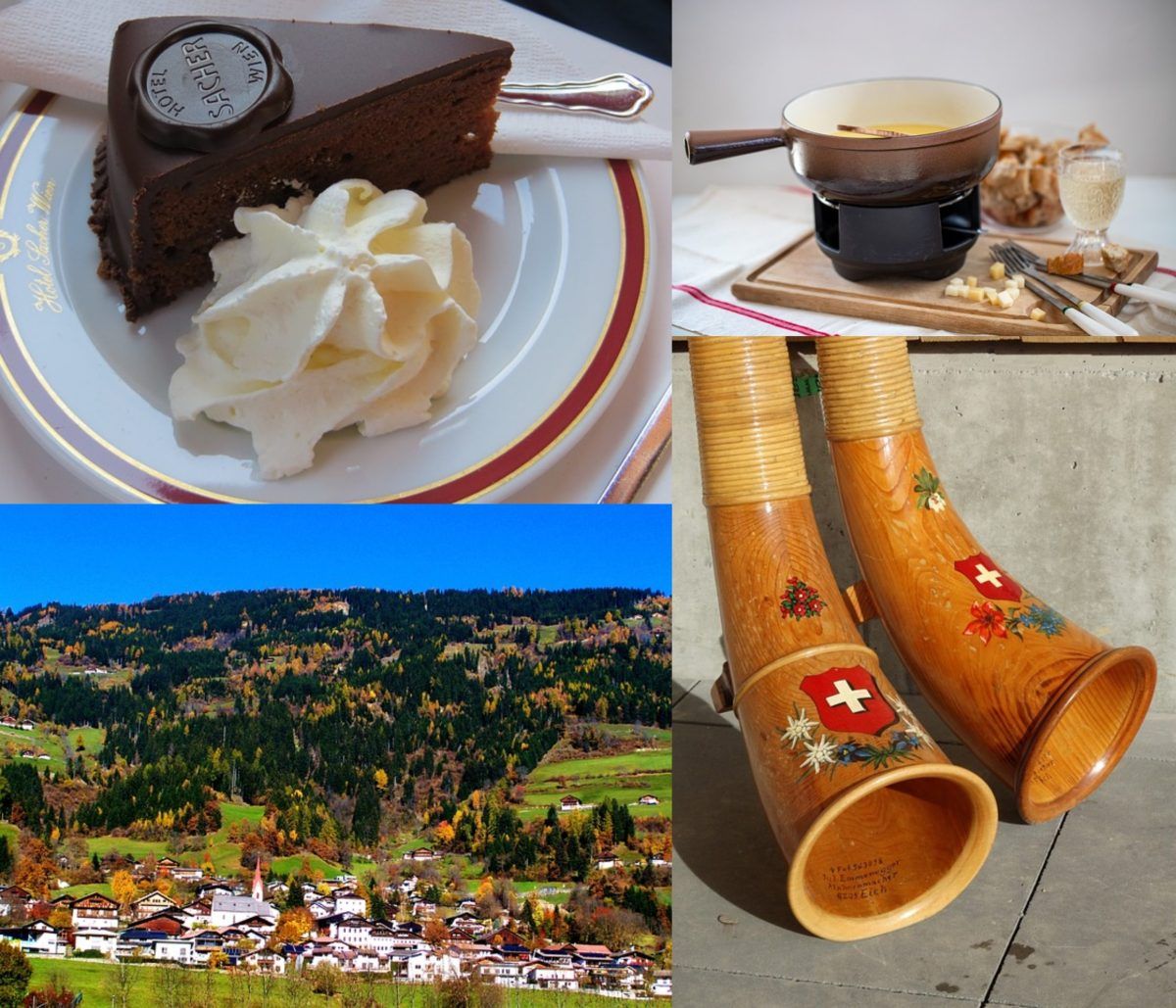Traditions
German-American Heritage Museum of the USA™
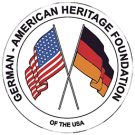
Follow us
Seasonal Festivals & Traditions

Easter
From Easter eggs (Ostereier) to the Easter Bunny (der Osterhase), the U.S and the German-speaking world share many Easter traditions. 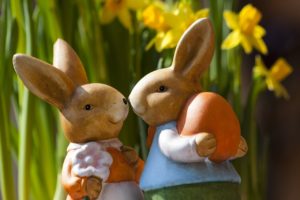 Though one of the most important holidays in the Christian calendar, Easter takes many of its traditions from European pagan religions. This is due to the fact that when Christianity was first expanding into Europe, the Church tolerated the incorporation of certain traditions in order to make the process of conversion go as smoothly as possible. What is now celebrated today as Easter was combined with various pagan holidays dedicated to the vernal equinox and the coming of spring. So while Holy Week and Easter are celebrated in church, many of the symbols associated with them—such as hare and eggs—have roots in pagan symbols of fertility and rejuvenation.
Though one of the most important holidays in the Christian calendar, Easter takes many of its traditions from European pagan religions. This is due to the fact that when Christianity was first expanding into Europe, the Church tolerated the incorporation of certain traditions in order to make the process of conversion go as smoothly as possible. What is now celebrated today as Easter was combined with various pagan holidays dedicated to the vernal equinox and the coming of spring. So while Holy Week and Easter are celebrated in church, many of the symbols associated with them—such as hare and eggs—have roots in pagan symbols of fertility and rejuvenation.
The exact origins of these folk symbols are difficult to pin down. The term Easter is believed to derive from the name of a Germanic goddess Eostre, or Ostara, who is thought to be a goddess of fertility. However, little is known about her since few records of her exist, so this claim cannot currently be proved with any certainty. This goddess is also seen the origin of the Easter Bunny, since it is believed that the hare was one of her symbols. However, another explanation is that since rabbits reproduce in the spring, and are therefore greatest in number during that time of year, that they simply became associated with the coming spring—and Easter—over time.
The egg was also a symbol of birth and fertility in pagan cultures, but fit neatly with the Christian tradition of fasting during Lent. Since eggs were given up during Lent, they were cooked so that they could be kept longer, and they were allowed to be eaten again on Easter Sunday. 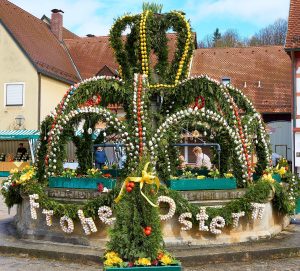 Eggs are one of the main decorations used in Easter Fountains, a unique tradition where the village or town fountain/well is decorated with ribbons and eggs. The largest Osterbrunnen is in Bieberbach, near Eggloffstein in Northern Bavaria.
Eggs are one of the main decorations used in Easter Fountains, a unique tradition where the village or town fountain/well is decorated with ribbons and eggs. The largest Osterbrunnen is in Bieberbach, near Eggloffstein in Northern Bavaria.
A uniquely German Easter tradition is that of the Osterlamm, or Easter Lamb, a traditional Easter cake that is baked into the shape of a lamb.  This is a direct reference to Jesus Christ, who is represented as a lamb in Christian tradition, and is often called the Lamb of God.
This is a direct reference to Jesus Christ, who is represented as a lamb in Christian tradition, and is often called the Lamb of God.
Another German tradition of purely Christian origin are Osterkerzen (Easter candles). These are candles that are lit on the evening of Good Saturday and burn into Easter morning. This tradition dates back to the fourth century and is meant to symbolize Jesus returning from the dead, and bringing the “light” of Christianity to the world.
There are also German customs that are more connected to pagan traditions. One such custom is Osterwasser (Easter water). According to this belief, bathing in a running stream is thought to keep one young and beautiful. This tradition stems from pagan associations of water with life and fertility. Das Osterfeuer (Easter fire) also has its origins in pagan rituals. The end of a cold winter was met with fire at the start of spring, in order to strengthen the sun and bring nourishment back to the Earth.
Many of these traditions continue to be practiced today. In the U.S. the White House holds an annual egg hunt, complete with an Easter Bunny mascot. In Germany, Austria, and Switzerland, Easter markets are held in the weeks leading up to Easter Sunday. These markets are a venue to showcase both craft-making skills and traditional Easter foods. Some pictures of the Easter market at Schönbrunn Palace in Vienna show the types of goods and events that are common at these markets: https://www.schoenbrunn.at/en/events/all-events/event/easter-market-schoenbrunn-palace
Sister Countries: Austria and Switzerland
German-speaking Europe shares many cultural traditions. Of course, language is major unifying factor, and despite dialect differences, standard German is typically understood throughout all the German-speaking countries. However, Germany, Austria, and Switzerland don’t just share a language, they also have many customs and traditions in common. Why, you may ask? Germany as a nation state is a modern concept, and the Federal Republic of Germany has only existed since 1949. Austria regained independence from allied occupation even later in 1955, whereas Switzerland was became a nation in 1848. Switzerland had gained its quasi independence from the Holy Roman Empire through the Treaty of Westphalia in 1648, which not only ended the Thirty Years’ War, but also established Swiss neutrality. However, it took another 200 years to become an entirely separate political entity. Did you know that the 1848 Swiss constitution was in part modeled on the U.S. Constitution?
Austria remained a part of the Holy Roman Empire until its dissolution in 1806, and Habsburg monarchs were the rulers of said empire for many centuries. It’s not surprising that Germany and Austria have not only a shared history, but many shared traditions from culinary customs (Apfelstrudel and Schnitzel, anyone?), to holidays, festivals, architecture, and music. They even love the some car brand! It’s Volkswagen, if you’re wondering.
Click on our links below to learn more about the many things we have in common.
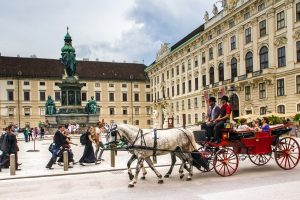 Austrian Traditions
Austrian Traditions
Germany and Austria share more than a border. Alpine traditions such as driving animals to and from the mountain grazing areas are a popular tourist spectacle. Advent and Christmas markets are also popular mainstays, and coffee and confectionery cakes delight gourmets. Explore the similarities and differences.
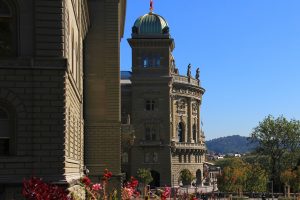 Swiss Traditions
Swiss Traditions
The Swiss have always maintained and nurtured their own local customs, which were influenced by their neighboring countries and the Alpine landscape.
